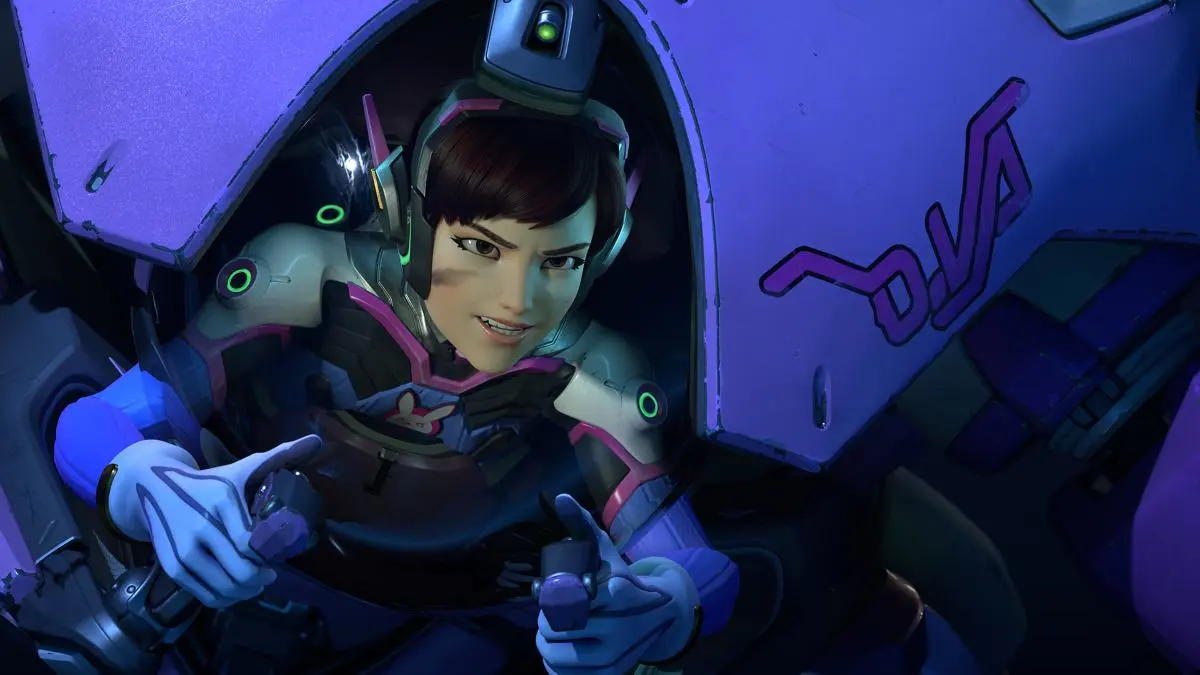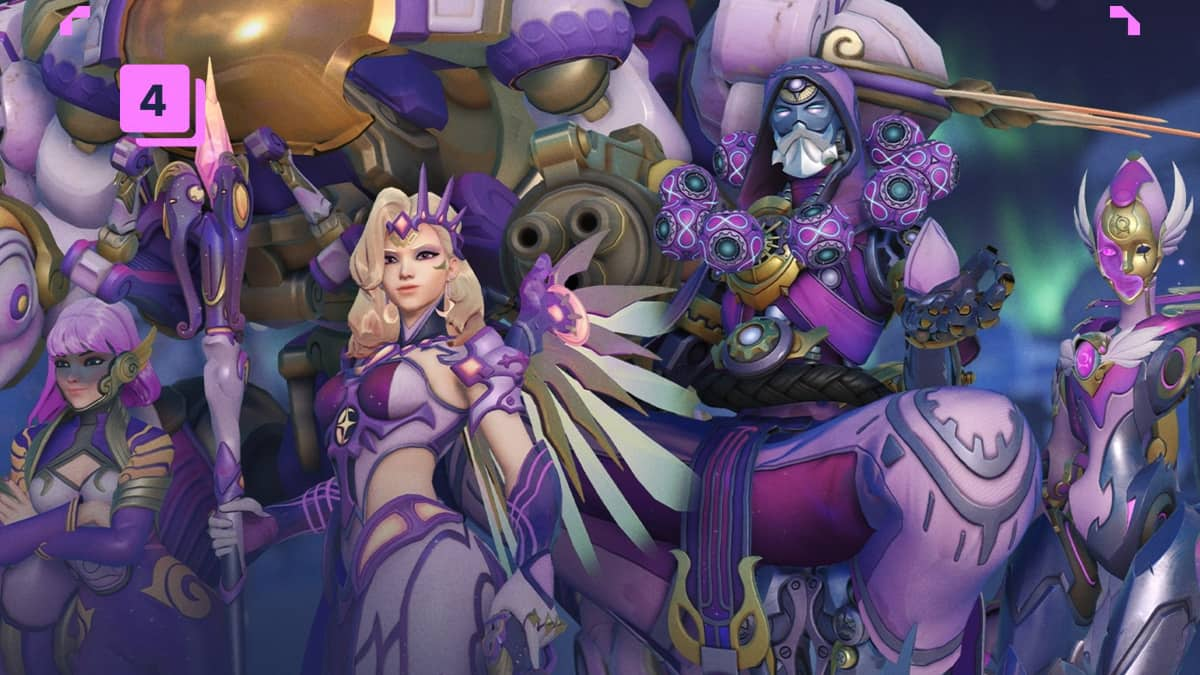We look at Overwatch within a frame. A nameless observer plucks perspectives from a pool of 12 options—one for each player—and switches frantically to capture the game’s stories. The way Overwatch looks to viewers of competitive matches has changed a lot since the game entered beta, but the core of it remains.
As Overwatch League continues, the way we watch Overwach will continue to change.
Overwatch’s first major tournament after release was held in August 2016 in Germany. The ESL Overwatch Atlantic Showdown was the Overwatch spectator experience in its purest—and most chaotic—form. The majority of the match takes the first-person perspective, pulling back occasionally for a widespread view. There are no statistics available to casters or fans, nor is there a consistent color scheme attached to either team. Teams switch from blue and red between maps, making the perspective changes jarring and confusing.
It’s hard to get a summary of what’s going on in Overwatch with this view, even with casters building a narrative of what’s on-screen. Broadcasters were severely limited in the ways in which they could spectate their tournament games, and that continued well into 2017.
Small changes rolled in. At the start of 2017, Blizzard gave in-game observers the option of toggling on third-person floating health bars. This made a positive impact on Overwatch as an esport for both casters and viewers. Health bars gave casters more information during wide-view fights, and, in turn, casters built insightful stories for viewers. More information never hurts, especially in a game so fast-paced.
Tournaments also began working with the Overwatch client to create better viewing experiences. Some began experimenting with perspective—sticking to the attackers, bringing in more wide, third-person shots, attaching red and blue to teams for an entire match. And it all helped: Overwatch became a bit easier to watch, though not exactly spectator friendly.
Blizzard’s big changes rolled in all at once, right before the Overwatch World Cup in November. Team jerseys gave opposing teams noticeably different looks. The entire interface reflects the team the viewer is looking at, even the bullets leaving a hero’s weapon.
A “smart camera,” too, was added to the third-person view to smooth out movement. Instant replays became available, as well as a tournament interface designed specifically for setting up games. Player ultimates are conveniently viewable up top by their names.
With the start of the Overwatch League on Jan. 10, Blizzard implemented an overhead view—which helps viewers get a sense of the overall movement of the match. It’s a feature that Blizzard could use more: Spectating in Overwatch often gives a very singular view of what’s going on. Though we see more players on screen, it’s from a very narrow perspective. Where does Blizzard go from here to fix that?
Many fans are calling for Blizzard to bring in a mini map designed to keep viewers informed on player movement. It doesn’t have to be a permanent fixture, but showing it occasionally can help. Third-person perspective is contentious—some love it, some hate it. Used correctly, it’s essential in providing a larger scale view of a match.
Another option is giving Overwatch League viewers the option of watching matches in the game’s client. This type of view would give viewers the option of switching around at their will, watching the game unfold from whatever perspective pleases them. The technicality of such a project, however, is likely a lot for Blizzard to tackle, given the work they’re already doing continuously updating Overwatch.
Overwatch is still not easy to watch, but it’s no longer exactly hard to watch. The game is chaotic and colorful, fast-paced and constantly changing—it’s fun to watch, even if every moment isn’t understood. The new spectator client gives casters the tools to expertly guide viewers through games, but there’s still work to be done.





Published: Jan 16, 2018 11:24 am